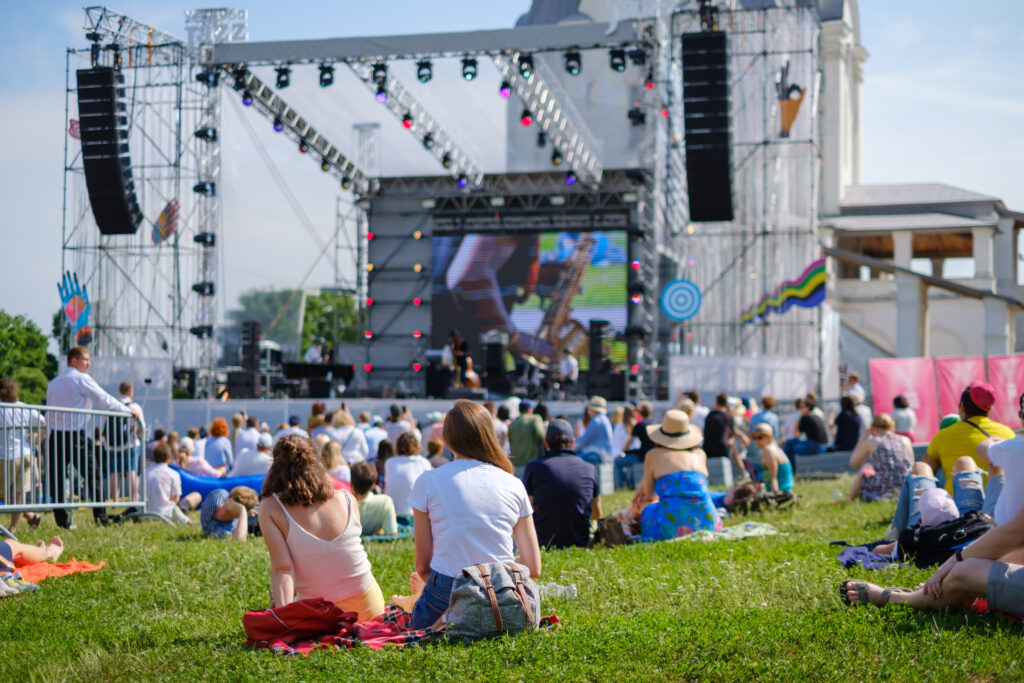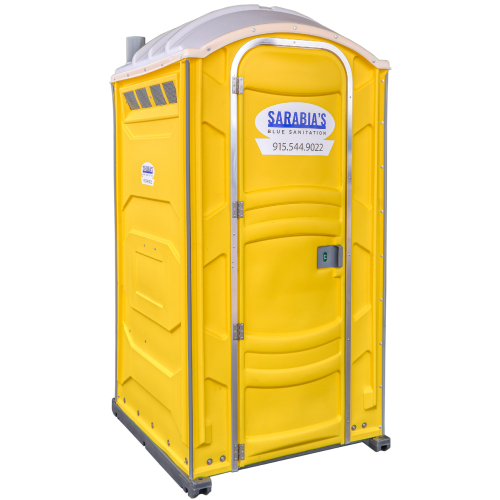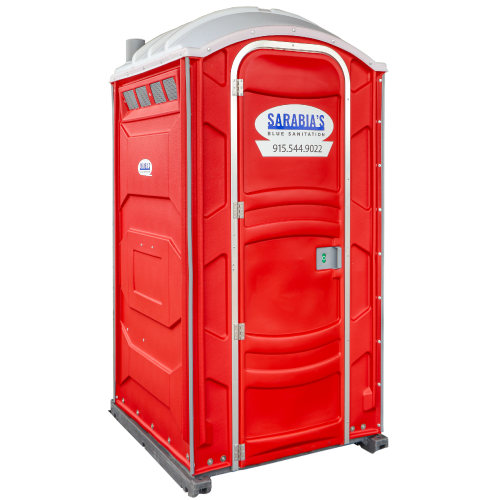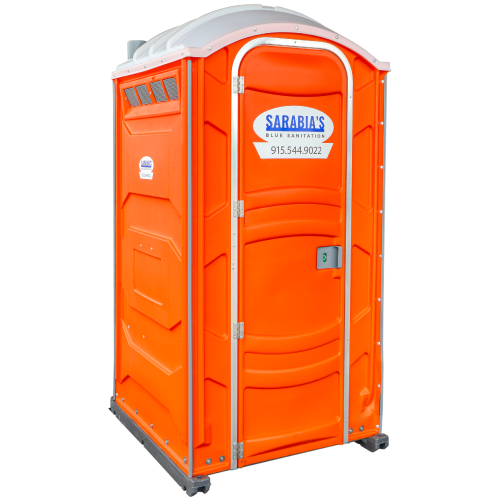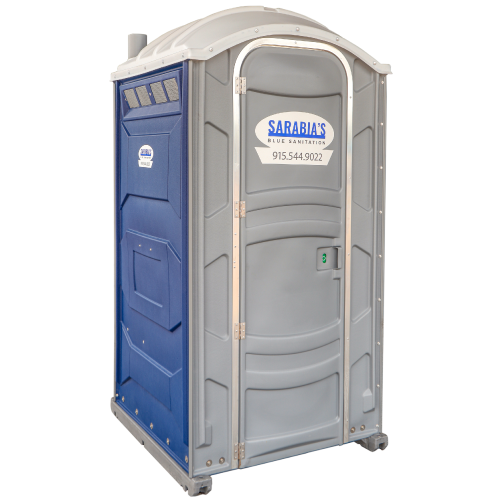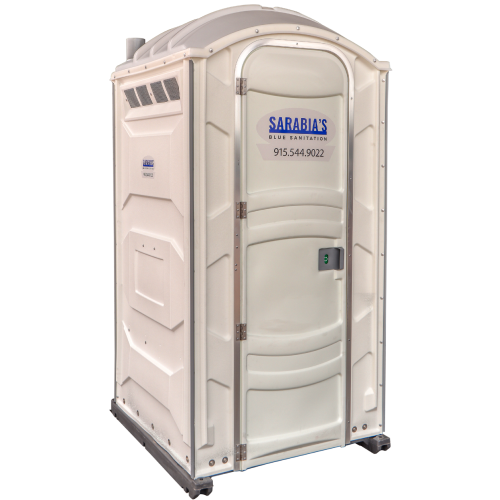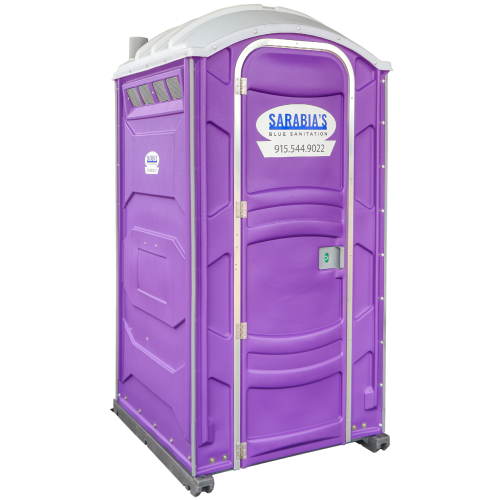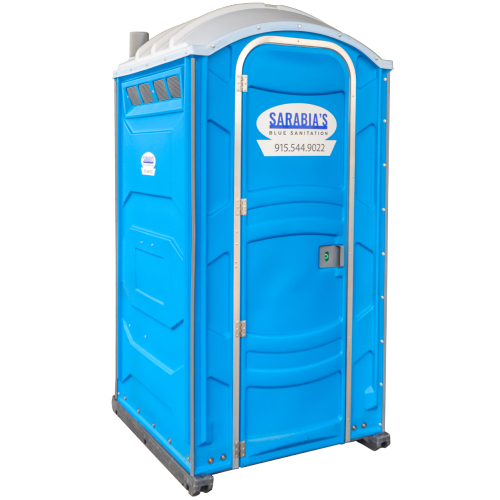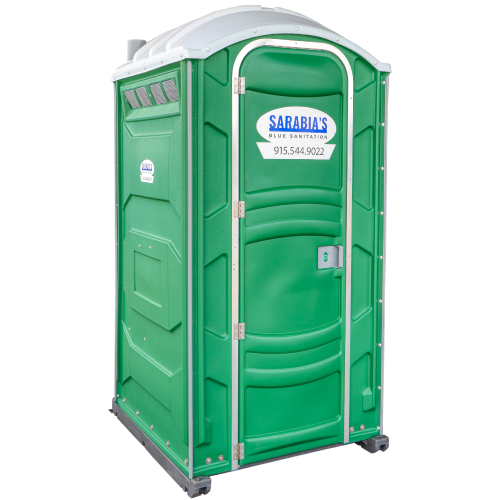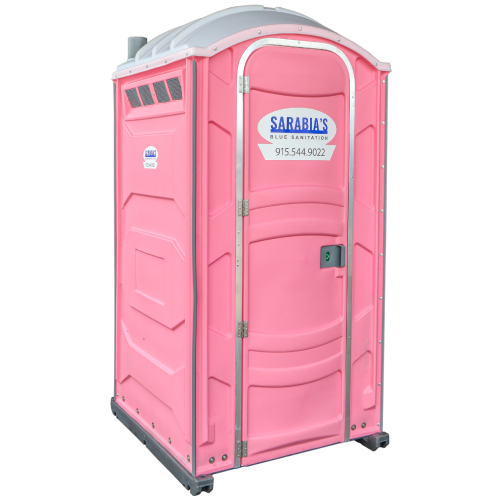Most of us have seen historic images of the bare-footed tie-dye-faded-jean-wearing hippies jumping gates and swaying to the music in a muddied field in New York. We have likely heard the classic Jimmy Hendrix performance, as he raised sleepy concert-goers with an electrically-fused version of the Star-Spangled Banner. The ethos surrounding music festivals was born in Woodstock 69 and has since then continued to be part of many young Americans’ cultural experience.
So what is the history behind outdoor music festivals and portable jons?
Let’s look at the amazing story.
The History of Music Festivals
So while most people consider Woodstock 69 the first music festival, it was not. The Newport Folk and Jazz Festivals, as well as the Monterey Pop Festival in 67 had already established a similar live music experience. And yet, it was the three-day mud bath in upstate New York that rippled across musical generations and seemed to inspire a type of communal spirit now often associated with such events. Part of Woodstock’s legacy is the idea that this concert, which had little choice but to let non-ticket holders in, was an event full of peace, love, and rock and roll.
The truth of it, of course, was a little muddier than that.
The Birth of Woodstock and the Truth Behind the Curtain
The brainchild of Michael Lang, Artie Kornfield, Joel Rosenman, and John P. Roberts came to fruition in a field in upstate New York in August of 1969. The event was not all sunshine and peace signs. As The Washington Post reported the event was riddled with problems including a person getting run over by a tractor, anarchist kids tearing down fences to let people in for free, bands taking the stage at odd hours of the morning, and exposed cables risking thousands of concert-goers of mass electrocution.
Many historians and music journalists look back at the Woodstock ethos of blissful hippie wonderland bursting with joy and love as a misrepresented fairytale. As many people notice, facilities (like portable jons) were insufficient, water was lacking, drugs were plentiful, and rain poured down making it one giant mud pool. Imagine this in a field with 400,000 people and you get a pretty discombobulated mud bath of dehydrated and drug-infused music fans.
Despite its problems, however, Woodstock 69 was not defined by any major catastrophe, and it sealed itself into music history because, as people that were there remember, it was all about the music.
The Failed Progeny of the Woodstock Name
Many also argue that it was the mythology of Woodstock that would inspire an attempt at recreation in 1999. The problem was that trying the same event thirty years later meant two very different things. The music was certainly different. The event in 1999 quickly turned violent, dirty, and reprehensible. The final day of the festival saw riots and people setting fire to concert infrastructure.
In one documented scene, several kids diving into a mud puddle near the porta-potties found themselves covered in more than just mud. It’s usually good advice to avoid diving into mud surrounding portable toilets. The lack of or miscalculation in the amount of facilities led many concertgoers to relieve themselves out in the open. One young man died of potential heat exhaustion and several cases of sexual assault were reported.
Music historians have tried to pinpoint the reasons why Woodstock 69, with all of its problems, seemed to go on without major catastrophe, while the same idea 30 years later did not.
Several theories have been thrown around to explain this. One includes the aggressive nature of the music of people like Limp Bizkit, Korn, and others. Another theory suggests that in 1969, concertgoers were unified in their protest for violence and things like the Vietnam War. Another theory places the blame on the concert organizers and discloses that there were simply too many gaps in security, organization, facilities and means to establish order.
Music Festivals Since and Beyond Woodstock
Of course, the Woodstock ‘franchise’ has not been the only one to continue these live outdoor concert experiences and special events. Since the 1969 concert, they have become a cultural norm for many American youth. Common music festivals today include:
- South by Southwest (SXSW)
- Coachella
- New Orleans Jazz and Heritage Festival
- Bonnaroo
- Lollapalooza
And what do all of these great music festivals have in common? (other than great music, of course)
Porta-potties!
Porta-potties have been supporting music lovers and concertgoers for decades now. And although they might not have articles written about them or appear in the evening news, these portable jons are an essential part of any music festival’s success, safety, and health.
Have a Successful and Orderly Event with Well-Serviced Portable Jons
In the world of outdoor venues and crowded concerts, there is nothing more important than providing the bare necessities. These, of course, include water and clean facilities that are healthy and plenty. The history between music festivals and porta-potties goes way back.
That’s what we do here at Sarabias. Are you having an outdoor event pretty soon? Call us today and learn how we can supply top-of-the-line clean facilities for your concertgoers.
